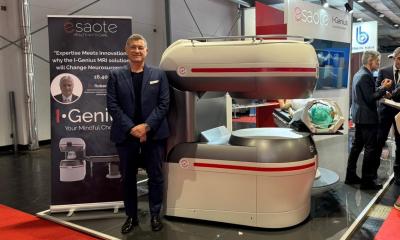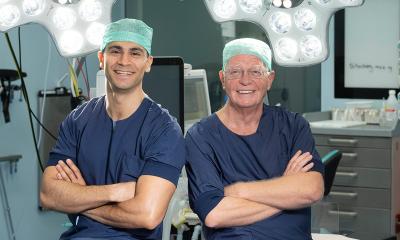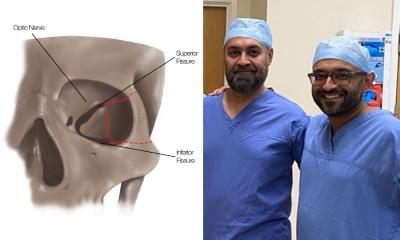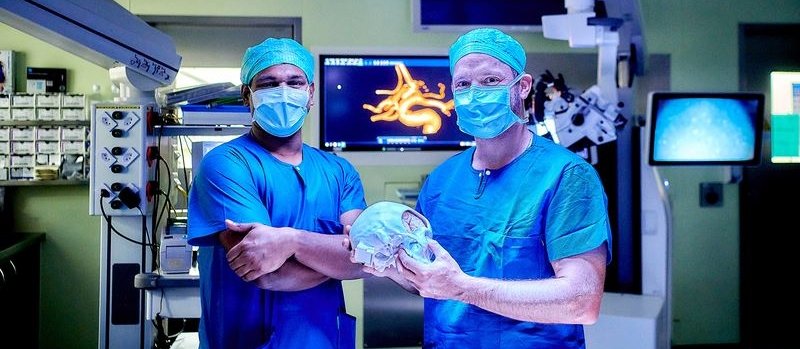
Image source: Inselspital
News • Aneurysm operations
4D simulation increases safety in brain surgery
Aneurysm operations in the brain rank among the most delicate procedures in neurosurgery. The highest demands are placed on surgeons when choosing the type of intervention, planning the route and carrying out extremely delicate procedures on the blood vessel.
A new training technology co-developed between Inselspital, Bern University Hospital, and ARTORG Center of the University of Bern, will further improve patient safety during future procedures: a new 4D simulator enables the planning, testing and optimization of the procedure on an exact 4D model, which also emulates the blood, blood vessels and pulse.
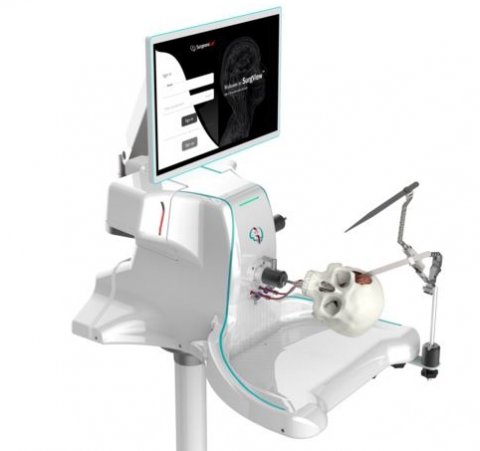
Image source: Inselspital
Approximately 2 out of 100 adults have an aneurysm, a balloon-like dilation of a brain artery, very often without feeling or knowing it. Depending on its size and stability, there is a risk that an aneurysm will rupture and cause a cerebral hemorrhage. Neurosurgical treatment of brain aneurysms is challenging because of their unique anatomical features, location and involvement of blood vessels. For this reason, careful consideration of the risk of rupture versus the risks of surgery is necessary. Complications during surgery, although rare, can have far-reaching consequences. Minimizing the risks of surgery is therefore a top priority
A team of specialists from both the Departments of Neurosurgery and Interventional Neuroradiology at Inselspital and the ARTORG Center of the University of Bern has developed an award winning 4D simulator technology dedicated to the training of neurosurgical clipping (clamping the aneurysm) and endovascularcoiling interventions (filling the aneurysm cavity). The simulator reproduces the visual and haptic experience of the procedure based on three-dimensional realistic replicas of skull, brain and blood vessels of the patient’s anatomy. In the simulator, the specialists find the precise 1:1 situation that will arise later in the real surgery. This extension to 4D physical simulation is unique worldwide. It accurately models the blood vessels, pulse, blood flow and the temporal aspects of the procedure. The 4D simulator is used for both planning the actual clipping and coiling procedure and realistic practicing of an actual case. Due to the enhanced planning and pre-op practice, risks of complications will be reduced rigorously.
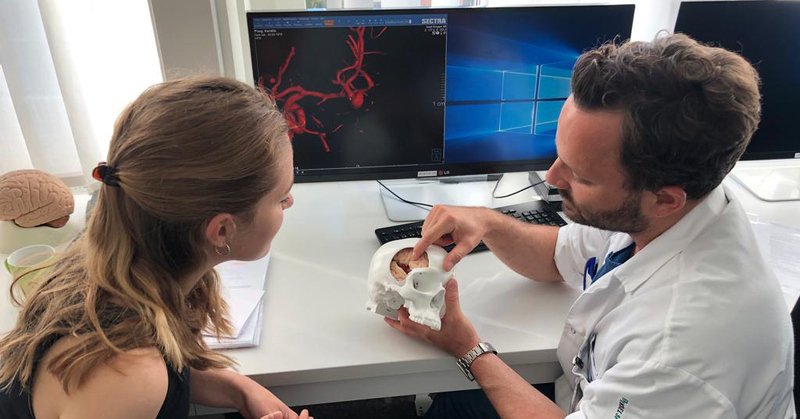
Image source: Inselspital
Surgical procedures on the brain have a pronounced emotional component for patients. Success of an operation is further facilitated by a positive attitude and the elimination of fears. The 4D-simulation technology allows to educate and explain the entire intervention to a patient in a 1:1 setting to support the patient’s motivation positively.
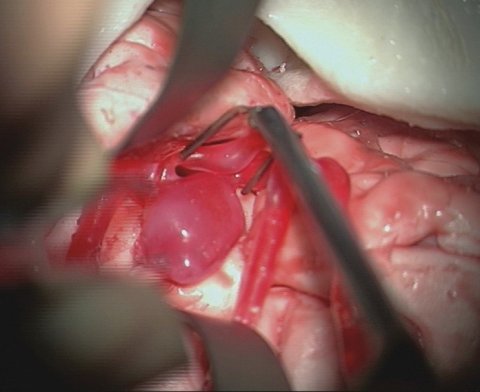
Image source: Inselspital
The 4D simulator also offers new dimensions in the education and training of neurosurgical and neuroradiological specialists. Physicians can gain valuable experience by training on the 4D simulator both during their residency training for the specialist title and during subsequent in-depth courses for specialists. In the context of training, in particular, there is also the possibility of quantifying and comparing the performance of the surgeons themselves. A first course of this kind is planned for summer 2021 in Bern.
Dr. David Bervini, (neurosurgeon) and PhD candidate Fredrick Johnson Joseph (biomedical engineer) are to found SurgeonsLab in January 2021. This dynamic start-up will produce and further develop the new 4D simulator together with a range of services in training and pre-op innovations in the field of brain surgery. They rely on a high-ranking advisory board and the support of international experts such as Prof. Dr. Andreas Raabe and Prof. Dr.-Ing. Stefan Weber. Future development steps will incorporate applications of artificial intelligence (AI) and ultimately robotics.
Source: Inselspital, University Hospital Bern
11.01.2021



